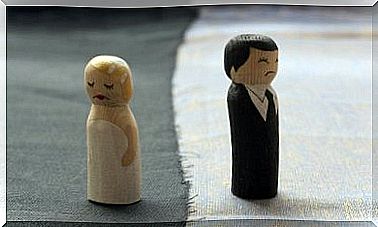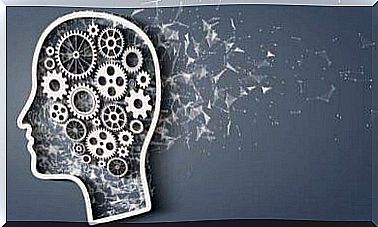The Future? The Art Of Reducing Uncertainty

What happens tomorrow? What happens in a week? In a year? Or in twenty years? What does the future hold? These are difficult questions that may be impossible to answer. By definition, the future is what has not happened yet.
Therefore, it is fraught with uncertainty. It is the general feeling of doubt that does not let us be sure of anything. Can we reduce this uncertainty ?
We can reduce our uncertainty, but perhaps not completely. There is pseudoscience and other art that claim to know the future, but they often use vague interpretations of the future so as not to make mistakes.
If you assure that tomorrow will be a good day, it is more than likely that it will be a good day because our position will be positive in the face of uncertainty. But this is, in addition to changing our stance to reduce uncertainty, not a realistic prediction of the future.

Reduce uncertainty with a plan B for the future
We need to start by understanding that the future is unpredictable and that we do not know what will happen. The best choice is to understand this indisputable fact. Recognizing this alone will reduce your uncertainty. One possibility is to make different predictions.
Let’s imagine we do not know what the weather will be like tomorrow. But based on our intuition, we come to the conclusion that it will be sunshine. Even if it has not rained for several months, it can ruin our beach plans if it rains on that day.
If we had a plan B, for example: If it’s sunshine, I will go to the beach and if it rains, to the museum. Our plans would not be ruined. Imagining different future possibilities is a way to reduce uncertainty. By reducing uncertainty, we will be more prepared to face the unknown no matter what happens.
To predict the future and reduce uncertainty, you do not need to figure out what will happen. What we need to do is think about what could happen. Imagine all the possibilities that could happen and discard the unlikely ones.
For example, we can imagine that it could be sunshine, rain, snow, cloudy, etc. Nevertheless, based on the current temperature, humidity, geographical location, etc., you can exclude some of the possibilities and attribute the remaining larger or smaller probability.
Create patterns to reduce uncertainty
A common, sometimes unconscious practice that we use to reduce uncertainty is the use of patterns. Experience teaches us that certain events tend to repeat themselves when the right circumstances are present. And the more experience, the more of these patterns are confirmed.
Usually, these patterns are useful, especially when we know the causes and effects. We know that if we throw a stone at another person, we will hurt them.
But if we know that the damage will depend on the size of the stone and the force with which we throw it, we can change these variables depending on our desires. Of course you should not throw stones at anyone, we just use this as an example.
Similarly , these patterns also help explain our behavior. However, this one is so varied and so influenced that it is difficult to know all the variables that change it. Having fun at a person’s expense can make them laugh or get angry.
If we make fun and the person laughs, it’s likely that similar jokes will make them laugh too. But be careful! What if they have a bad day? Maybe they are not laughing. These patterns are not always good predictors, as heuristics and deviations can also affect.

Use prospects to reduce uncertainty
Before the idea of predicting the future arose, another discipline came into being: Prospects. Foresight is the discipline that studies the future to understand and influence what will happen. Of all that we can know about the future, what will happen is the least interesting.
What we are most interested in is how and above all why. We can understand prospects as a tool for managing and reducing uncertainty.
Prospects seek to understand the causes and sequence of events leading up to an event. This is why prospects do not provide predictions. They are not used to predict the future. Rather, they are used to explain why something is happening.
Ultimately, the goal of using prospects is to change the course of the future before it begins. Although the future is uncertain, it is possible to reduce the uncertainty so that we are not caught with our pants down.









